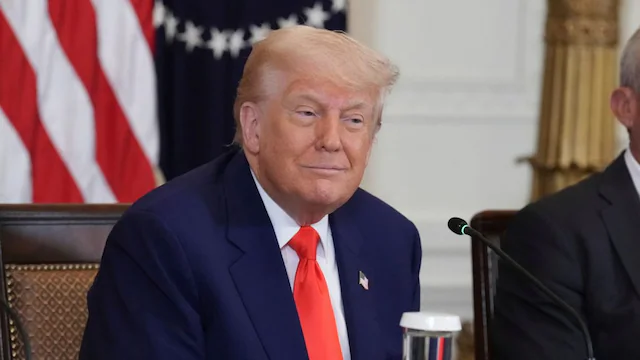- Courses
- GS Full Course 1 Year
- GS Full Course 2 Year
- GS Full Course 3 Year
- GS Full Course Till Selection
- Online Program
- GS Recorded Course
- NCERT (Recorded 500+ Hours)
- Polity Recorded Course
- Geography Recorded Course
- Economy Recorded Course
- AMAC Recorded Course
- Modern India, Post Independence & World History
- Environment Recoded Course
- Governance Recoded Course
- Science & Tech. Recoded Course
- International Relations and Internal Security Recorded Course
- Disaster Management Module Course
- Ethics Recoded Course
- Essay Recoded Course
- Current Affairs Recoded Course
- CSAT
- 5 LAYERED ARJUNA Mentorship
- Public Administration Optional
- ABOUT US
- OUR TOPPERS
- TEST SERIES
- FREE STUDY MATERIAL
- VIDEOS
- CONTACT US
India's Leadership in Global Digital Infrastructure
India's Leadership in Global Digital Infrastructure
15-12-2023
Context
- In November 2023, the Prime Minister unveiled two India-led initiatives during the Virtual G20 Leaders’ Summit: the Global Digital Public Infrastructure Repository (GDPIR) and a Social Impact Fund (SIF).
Global Digital Public Infrastructure Repository (GDPIR) |
Social Impact Fund (SIF) |
|
|
Digital Public Infrastructure (DPI)
- Definition: A set of shared digital systems, secure, interoperable, built on open standards, delivering equitable access to public/private services at societal scale.
Digital Public Infrastructure |
|
Digital |
|
Public |
|
Infrastructure |
|
Key Pillars of DPI
- Open, interoperable, extensible, and scalable technology.
- Robust governance framework with transparent legal framework, data protection, grievance redressal, and intellectual property protection.
- Resilient (flexible) local ecosystems, eliminating barriers, ensuring community participation and sustainability.
Foundational Elements of DPI
- A strong DPI includes three foundational systems—identity, payments, and data exchange.
- India's DPI architecture, known as India Stack, includes Aadhaar (identity), UPI and Aadhar enabled Payment System (payments), and Digilocker and Account Aggregator (data exchange).
Significance of DPI for Global South Countries
- Inclusion: DPI addresses issues in existing systems, reducing delays, leakages, and targeting errors, ensuring inclusion, especially for marginalized communities.
- Resilience: During public emergencies like COVID-19 and natural disasters, DPI facilitates uninterrupted, remote service delivery at a national scale.
- Sovereignty: DPI, being open and interoperable, provides countries autonomy and flexibility in designing and implementing digital systems, overcoming centralized decision-making and legacy software constraints.
- Innovation: The DPI approach fosters collaboration among governments, the private sector, and civil society, encouraging innovation in the digital ecosystem and fair market competition.
- Socio-economic Outcomes: DPI encourages entrepreneurship, enhances competition, improves quality of life, and boosts business opportunities.
- For example, India's DPI has transformed its economy, supporting equitable growth.
India’s Role in Promoting DPI Globally
- Identity System: IIIT in Bengaluru launched MOSIP, aiding countries in setting up Aadhaar-like systems; over 10 countries have initiated MOSIP projects.
- Payment Linkages: India signed agreements with nations like Singapore, Malaysia, UAE, and France to extend the reach of its UPI payment system.
- G20 Consensus: Under India’s presidency, G20 leaders agreed to promote and adopt the DPI framework.
- Alternative Model: India's DPIs offer an alternative to the "big tech" approach, emphasizing public ownership and control of critical infrastructure.
- One Future Alliance (OFA): India proposed OFA to build capacity, provide technical assistance, and funding support for implementing DPI in Low- and Middle-Income Countries.
- Open-Source Infrastructure: India's commitment to open-source technology prevents privatization, fostering innovation for flexible global adoption.
Conclusion
- DPI systems aren't a cure-all and, if poorly designed, may pose risks to data privacy and user protection.
- With foresight, well-designed DPIs can boost economic activity and improve community well-being.
- In the coming decade, efficient DPI implementation in untapped sectors could shape a nation's growth.
Important key terms |
|



